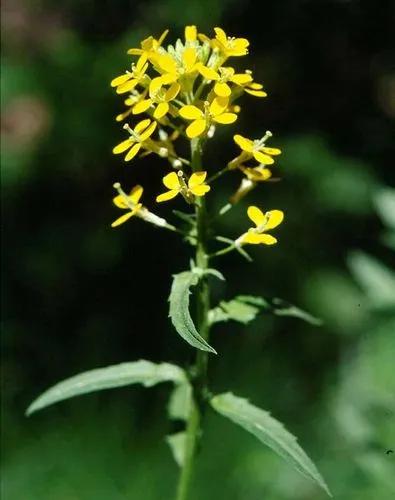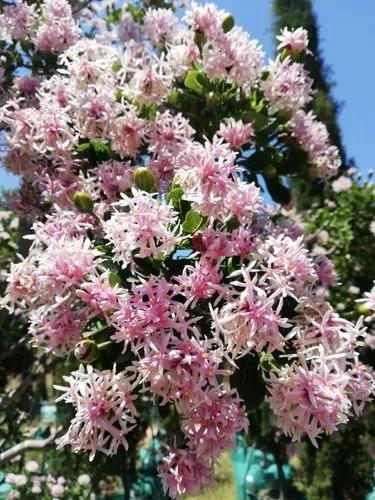Oxalis hedysaroides, known as the fire fern, is not a fern but a flowering perennial plant native to the Caribbean. It is a member of the woodsorrel genus that grows to 30 cm height and 10 cm spread. The plant gets its common name from the fact that its leaves, while starting green, turn a deep purple red with exposure to sun. Oxalis hedysaroides is a very mobile plant and will rotate its foliage significantly to follow the sun. At dusk, the plant can seem to quiver slightly as the red leaves partially close by folding in half.
Fire Fern Care
Oxalis Hedysaroides



How to Care for the Plant

Water

Average Water Needs; Water regularly; do not overwater

Pruning

To improve their appearance, you should prune out any brown or yellow fronds from indoor ferns.

Fertilizer

Ferns are relatively light feeders compared to many other foliage plants. They prefer a balanced fertilizer, such as 20-10-20 or 20-20-20, with micronutrients applied at approximately 200 ppm nitrogen. Too much nitrogen can cause tip burn on the roots and leaves if the plant becomes dry.

Sunlight

Best grown in full sun to part shade.

Soil

60 percent potting soil; 20 percent peat moss; 20 percent coarse sand and a handful of perlite.

Temperature

Ideal temperatures should be approximately 65-75ºF + (18-24ºC +), closer to 70ºF is best.

Container

Use ceramic pots that are porous which means your plants are less likely to experience root rot from overwatering.

Additional

Enzootic hematuria, the most common form of bracken fern poisoning, primarily affects cattle and less frequently affects sheep. It is characterized by intermittent hematuria and anemia. Poisoning most often occurs during late summer when other feed is scarce, or when animals are fed hay containing bracken fern.

Popularity

11 people already have this plant 5 people have added this plant to their wishlists
Discover more plants with the list below
Popular articles






